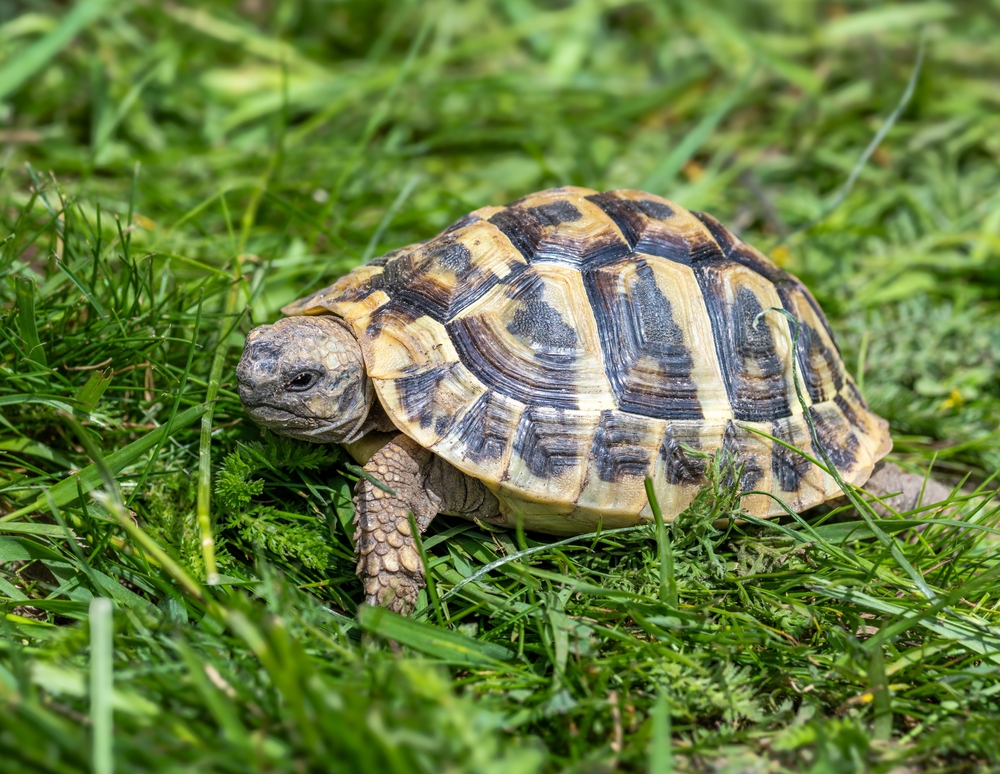The use of additives in processed meats has been studied for a long time. In Portugal, the ASAE guarantees that the values are within the specified limits. However, health experts point out that risks still exist.
They are used as additives to redden meat, prevent bacterial growth, or stabilize the flavor of stored meat, such as ham, ham or bacon. However, the presence of nitrites and nitrates can be harmful to human health, since there is a possibility of an association between the consumption of these substances and the occurrence of cancer, namely colorectal cancer. The French Agency for Food Safety, Environment and Labor (Anses, in the original acronym) has also mentioned this by publishing a study that establishes a possible link between the use of these preservatives and the occurrence of malignant tumors.
Is there a danger in Portugal?
At stake are components such as E250, E251 or E252, preservatives whose use regulated in the European Union and overseen in Portugal by the Food and Economic Security Authority (ASAE). This body assures CNN Portugal that the nitrate and nitrite values in Portugal are below the limit values, even mentioning that as a result of the inspection activities it has carried out since 2017, it has not found any anomalies and these activities are being carried out. annually, not only for meat, but also to detect the presence of this type of preservative in vegetables or fish.
Of the 340 samples analyzed in accordance with the National Sampling Plan (PNCA), none of them exceeded the established values. Of these, about 65 are samples related to products such as packaged meat, the specified meat snack, while ASAE guarantees compliance with all restrictions.
“At the national level, there are no alarming levels of nitrites and nitrates in foods that are placed on the market”ASAE assures.
However, there is another worrying situation in Portugal: the high consumption of this meat, which can always increase the risk of exposure to nitrites and nitrates.
A consultant for the National Program for the Promotion of Healthy Diet of the General Directorate of Health tells CNN Portugal that the Portuguese consume an average of 23 grams of cold cuts and other processed meats. The limit is well above the recommended limit, which goes up to 50 grams per week. In practice, we consume on average in two days what we should consume in seven.
“Many Portuguese people consume much more than the recommended weekly intake,” says Pedro Graça, who also points out that high consumption of red or processed meat “is one of the risk factors that most contribute to the loss of years of healthy life.”
The Portuguese Association of the Meat Industry (APIC) explains to CNN Portugal that the industry is “imbued with the spirit” of good manufacturing and hygiene practices, but points out that this alone is “not enough to preserve food”, so the useful life must be shortened.
“This is an Achilles’ heel, as consumers ultimately want ‘sun on the barn and rain on the pile.’ Consumers want fewer additives, but they also want to increase the shelf life of products. It’s impossible”clarifies the association, which even speaks of “inappropriate behavior on the part of consumers” who resist adopting a balanced diet.
In the Portuguese market, according to APIC, great efforts are being made to achieve safe meat production while reducing the use of additives.
“Our industrialists have quality teams in charge of implementing a plan based on the principles of HACCP (Hazard Analysis and Control of Critical Points).)with the goal of producing safe food without risk to the health of consumers,” adds the organization, which also says the meat sector is “most monitored” by competent authorities such as the ASAE.
When asked about possible hazards when using nitrites and nitrates, APIC says the studies that were conducted had “several methodological limitations and inconsistencies that may affect the validity of their conclusions.”
Less preservatives, less “best before”
One solution would, of course, be to avoid the use of preservatives, but nitrites and nitrates keep processed meats longer by preventing bacteria like salmonella, listeria, or others.
The ASAE acknowledges that even if the impact is considered low, “there is always room for improvement”. However, this body reminds that the possible reduction in the use of these components, or even the elimination of them, should be “irresistibly accompanied by a reduction in the microbial load potentially existing in them.”
Pedro Graça notes that cutting out these preservatives “may improve the situation,” but notes that the risk of developing cancer will not suddenly disappear: “This is not the only explanatory mechanism for increasing the risk,” says the specialist, noting that there are natural properties of meat, especially red meat. which are also harmful to health.
Leaving nitrites and nitrates alone, he adds, “shelf life is reduced, especially for hams, but today technology has the means to avoid this risk.”
APIC guarantees that this reduction has already been made, which even forced it to “reduce the shelf life of products.”
In an attempt to increase this reduction, the ASAE is also reassessing the risk of these pollutants.
Processed meat and cancer
Portugal, being one of the countries that consume the most processed meat in the European Union, is also among the top six countries with the highest incidence of colorectal cancer. But not only because of nitrites and nitrates there are problems of consumption of processed meat. Pedro Graça says there is “little doubt” about causation.

Incidence and mortality from colorectal cancer in the European Union (Source: European Commission)
“Today, there seems to be little doubt that the consumption of processed meat is considered carcinogenic to humans,” says the director of the Faculty of Nutrition and Nutritional Sciences at the University of Porto, who says there is ample evidence for this association with colorectal cancer and possibly stomach cancer.
In addition, organizations such as International Foundation for World Cancer Research this is Cancer advice have already recommended avoiding processed meats, namely sausages, salami, bacon, ham or ham.
The director of the Champalimo Foundation’s Digestive Cancer Multidisciplinary Unit is more cautious, saying that several studies are needed to clearly establish the cause and effect of cancer. However, Carlos Carvalho notes that a link has been established between the occurrence of malignant tumors and poor nutrition, although it is very difficult to establish this link from just one food item.
“It is difficult to single out any element. But eating patterns have a very strong association with tumors,” he says, adding that several other factors can then come into play, namely the products used in food production or even in canning, as is the case for nitrites and nitrates.
The specialist says that the consumption of processed meat can become a problem when this type of food gains significant weight in a person’s diet.
What to do to reduce the risk
To reduce the risk of cancer when eating processed meat, experts give some advice. Pedro Graça states that the ideal would be to “eat little or no processed meat during the week,” explaining that he is referring to sausages, ham, or other cured meats.
A scenario that is recognized as more difficult in Portugal, “given our culinary tradition, where some traditional dishes include this type of ingredient.”
“We suggest using it occasionally around the holidays and more as a flavoring than as a protein source. In other words, and in practice, in stews to flavor the broth, including in stews a greater proportion of raw meat and more abundance of vegetables, ”explains the expert.
The ASAE confirms that, if used under prescribed conditions and consumed in regulated amounts, delicacies can continue to be consumed even though “supplements pose no health problem.” However, according to this body, steps should always be taken to try and keep the use of these supplements to a minimum.
“Consumers should avoid excessive consumption of foods that include nitrites and/or nitrates as additives in their ingredient list, as is the case with some types of processed meats and sausages, some types of cheese and dairy products, and some canned food. … fish,” he explains, also pointing to alternatives such as “steaming, boiling, or sautéing food instead of frying, baking, or grilling.”













